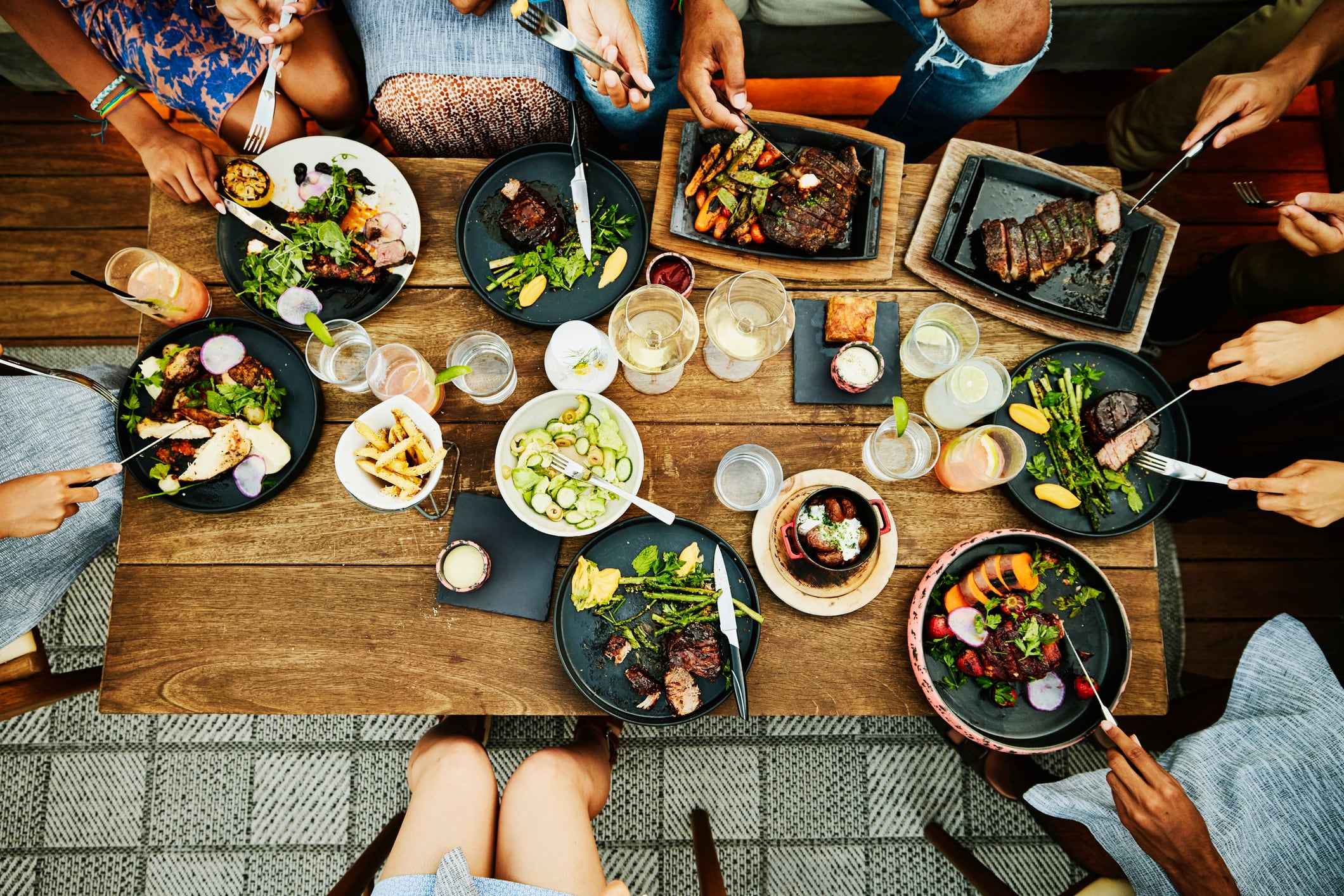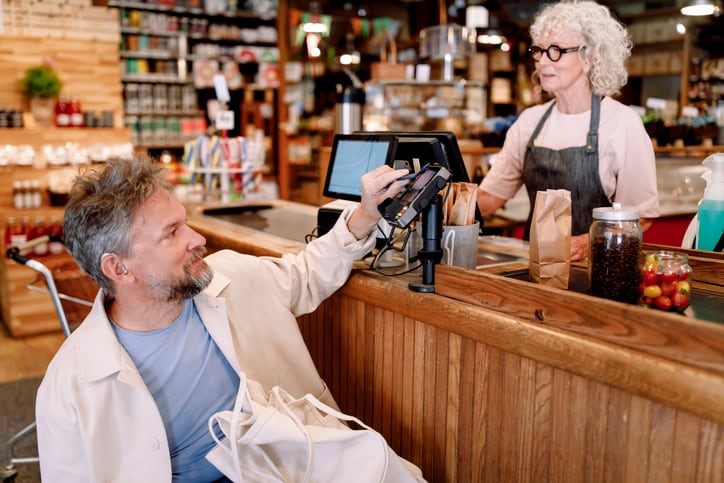Shoppers may define “eating well” in different ways, but they are remarkably consistent in what they want from food: health, convenience, enjoyment and entertainment, according to new research from FMI - The Food Industry Association.
For brands and retailers, the opportunity lies in designing products and programs that deliver on these values simultaneously.
“All of these behaviors and attitudes are guided by the simple idea that shoppers aspire to eat well,” said Allison Febrey, senior manager, research and insights, FMI. “That notion guides everything about their choices – from what to buy, how to cook and where to shop.”
Dinner continues to anchor household routines, with 6 pm still the peak mealtime and 36% of shoppers eating dinner at home every night of the week, according to FMI’s US Grocery Shopper Trends: New Routines report. Nearly half report special weekly rituals such as “Taco Tuesday” or “Pizza Friday,” creating built-in occasions for food marketers. For CPG brands, leaning into these patterns with bundled promotions, cross-merchandising and product storytelling reinforces the ritual, Febrey noted.
Health and convenience must go hand-in-hand
Convenience and health remain the primary purchase drivers shaping food choices and instilling loyalty, especially for breakfast and snacks, according to Febrey.
Retailers already are responding with solutions that make nutritious meals easier to prepare. At Hy-Vee, the retailer’s Meal Time to Go program features prepped meals merchandized at the front of the store in oven- or grill-ready pans, according to Tina Potthoff, senior vice president of communications for Hy-Vee.
Family meals are a growth lever
But the consumer value equation is not just about what is on the plate – it is also about who is at the table. For a decade, the FMI Foundation, the research and education arm of FMI, has supported the role family meals play on consumer, first through September’s Family Meals Month and now as a year-round movement, according to the association.
“We believe family meals are the foundation for a healthy nation,” said David Fikes, executive director of the FMI Foundation. FMI research consistently shows that eating together improves dietary quality, strengthens family bonds and even boosts happiness. According to FMI, 59% of shoppers say that the benefits of family meals outweigh the costs in both time and money, and one-third said they would spend an extra hour of their day sharing more meals at home.
Hy-Vee has woven this insight into its marketing strategy, making family meals both easier and more inclusive. The grocer has organized themed endcaps around taco or spaghetti night, offered free kids’ meals in-store, and hosted community gatherings such as Iowa’s “Longest Table” event, where more than 100 people sat down to share a meal together.
“Family goes beyond the traditional family unit,” Potthoff said. “It can mean friends, roommates, neighbors or anyone you choose to share a meal with.”
Digital discovery drives the basket
Digital tools are amplifying these efforts. More than half of Gen Z and Millennial shoppers now use their grocery store’s app, making digital a key channel for recipe inspiration, promotions and cost savings, according to FMI. Social media trends also are reshaping the produce aisle, with spikes in sales for items like dragon fruit or cucumbers after they went viral, per FMI.
For brands, this signals the importance of being agile – able to quickly spotlight trending flavors, global cuisines or fresh ingredients that resonate with younger audiences.
Inclusivity is reshaping the definition of ‘family’
FMI’s study also highlights consumers’ appetite for cultural inclusivity in meal planning.
For example, Hy-Vee extended its family meals programming into Hispanic Heritage Month (Sept. 15 through Oct. 15) by offering bilingual recipes and media outreach, reinforcing that food can serve as nourishment and cultural connection.
The FMI Foundation is also experimenting with new tools like placemats featuring conversation starters with global themes to foster dialogue around the table, according to Fikes.
Taken together, the insights point to a clear playbook for CPG brands: products must go beyond function to fit seamlessly into consumers’ mealtime routines, while delivering health, ease and inspiration.
As Febrey put it: “Shoppers remain resilient. They enjoy grocery shopping. They aspire to eat well. And when brands and retailers deliver on those values – health, enjoyment, convenience, and entertainment – they earn lasting loyalty.”




